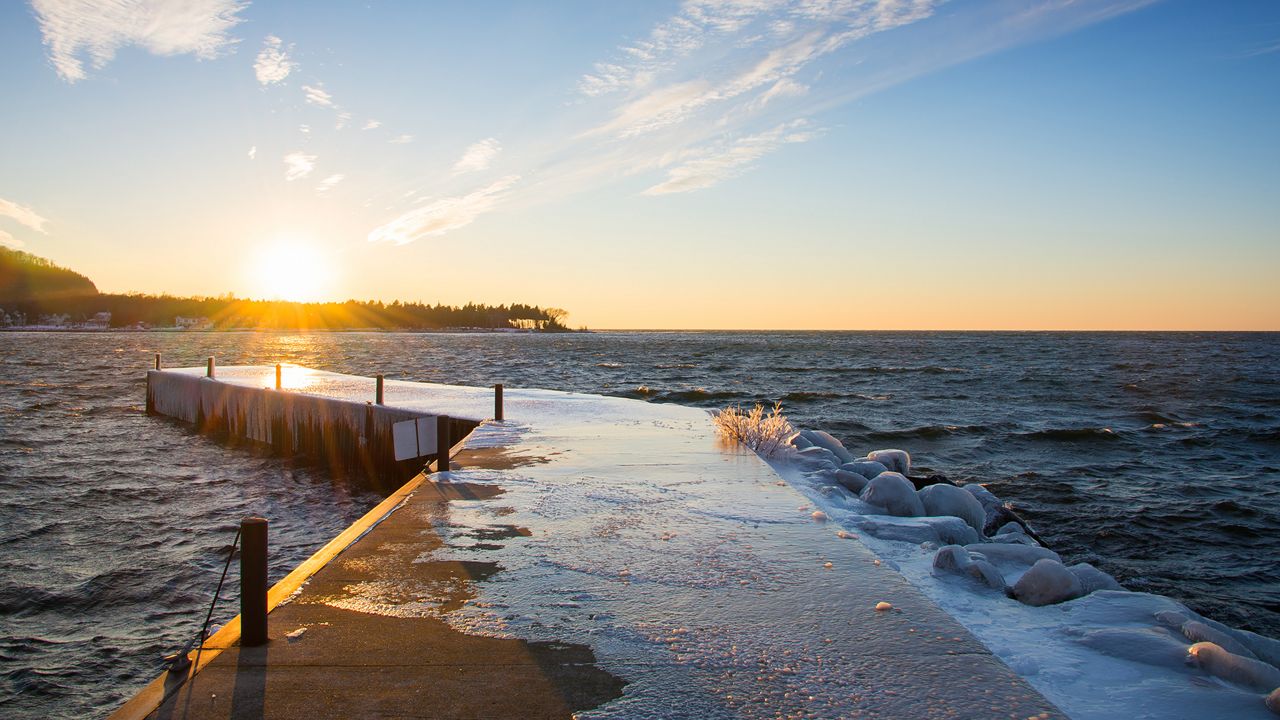The winter solstice will occur at 4:47 p.m. ET on Dec. 21 this year, and even though the day of the winter solstice is the shortest of the year, the latest sunrise and earliest sunset do not occur on this day.
Solar noon is when the sun reaches its highest point in the sky. The time from one solar noon to the next solar noon is called a solar day.
The length of a solar day changes throughout the year because of the tilt and position of the Earth. Because of this, a solar day can be more than or less than 24 hours depending on the time of the year.
The problem is that we count our days as exactly 24 hours. So, with the solar day being more than 24 hours near the winter solstice, this means solar noon will occur at a later time each day. The sun will also rise later and set later.
If the sun is setting later each day before the solstice, that means the earliest sunset has already happened.
Since the sun also rises later each day, this means the latest sunrise has yet to occur. The latest sunrise will happen a few weeks after the official start of winter.
Our team of meteorologists dives deep into the science of weather and breaks down timely weather data and information. To view more weather and climate stories, check out our weather blogs section.



